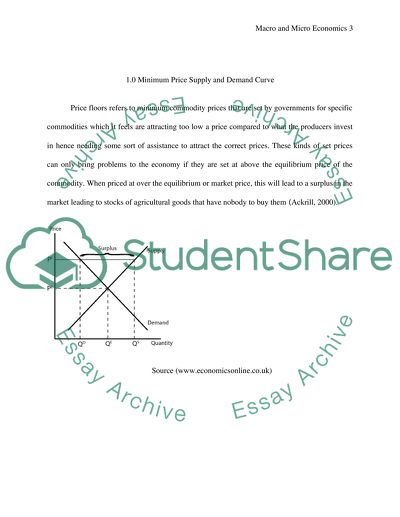Cite this document
(“The Common Agricultural Policy of the European Union Assignment”, n.d.)
The Common Agricultural Policy of the European Union Assignment. Retrieved from https://studentshare.org/macro-microeconomics/1634743-the-common-agricultural-policy-of-the-european-union
The Common Agricultural Policy of the European Union Assignment. Retrieved from https://studentshare.org/macro-microeconomics/1634743-the-common-agricultural-policy-of-the-european-union
(The Common Agricultural Policy of the European Union Assignment)
The Common Agricultural Policy of the European Union Assignment. https://studentshare.org/macro-microeconomics/1634743-the-common-agricultural-policy-of-the-european-union.
The Common Agricultural Policy of the European Union Assignment. https://studentshare.org/macro-microeconomics/1634743-the-common-agricultural-policy-of-the-european-union.
“The Common Agricultural Policy of the European Union Assignment”, n.d. https://studentshare.org/macro-microeconomics/1634743-the-common-agricultural-policy-of-the-european-union.


